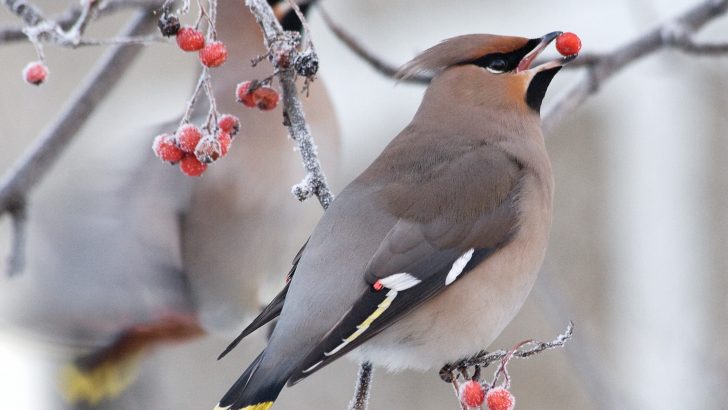Green Fingers
As well as being a place that provides you with pleasure and peace, your garden should be a haven for a large variety of wildlife. From small mammals, birds and reptiles, to a huge range of beneficial insects and other invertebrates. By growing as wide a range of plants as possible, you will ensure that the widest range of wildlife will visit.
A planting that relies on one type of plant only – known as monoculture – (e.g. lawn) has the adverse effect of providing ideal conditions for certain pests and diseases to proliferate. A good balance of predators helps immeasurably in the control of a range of creatures that cause harm to plants. A plant that has been weakened by insect attack is more susceptible to attack by disease pathogens.
Stop using pesticides; they are for killing insects, both good and bad. It is far better to encourage the predators of problematic insects into your garden to control infestations, a long-term solution, than using pesticides, a short-term one. Insects, both problematic ones and their predators are food for birds, small mammals and reptiles.
To ensure good crops, be they flowers, fruits or vegetables, it is essential to encourage pollinating insects into your garden.
Pollinating insects
It is possible, even in the smallest of gardens, to make sure you have plants in flower throughout the year to attract pollinating insects. It is easy in spring/summer and to a lesser extent autumn, and still possible in winter if you look to some of the winter-flowering shrubs such as viburnum tinus, sarcococca humilis and also early flowering bulbs such as snowdrops and crocuses. If you have space, keep an area of your garden uncultivated and allow nature plants (weeds) to seed themselves there. Many are a valuable food source for insects.
Bees prefer plants with single flowers because pollen grains are more accessible, such as sedum and monarda. Butterflies are attracted to nectar-rich flowers such as buddleias and verbena bonariensis. To attract birds, who will eat many insects, slugs and snails, plant as many berrying trees and shrubs as possible.
Not only will birds feed on the berries but will look for insects that live there also. Trees and shrubs for birds include rowans, cotoneasters, pyracanthas and hollies. Hedera hibernica (Irish Ivy) is one of the best plants for nature insects and birds alike as it has flowers, berries and is evergreen, which provides cover. To keep it in check, just cut it back hard every few years.
Habitat loss is the biggest danger to native wildlife. As individuals, the best thing we can do is to ensure that whatever land we have access to is managed in a wildlife-friendly manner. If every garden provides food and shelter for wildlife, our whole ecosystem will benefit.


 Paul Gargan
Paul Gargan
